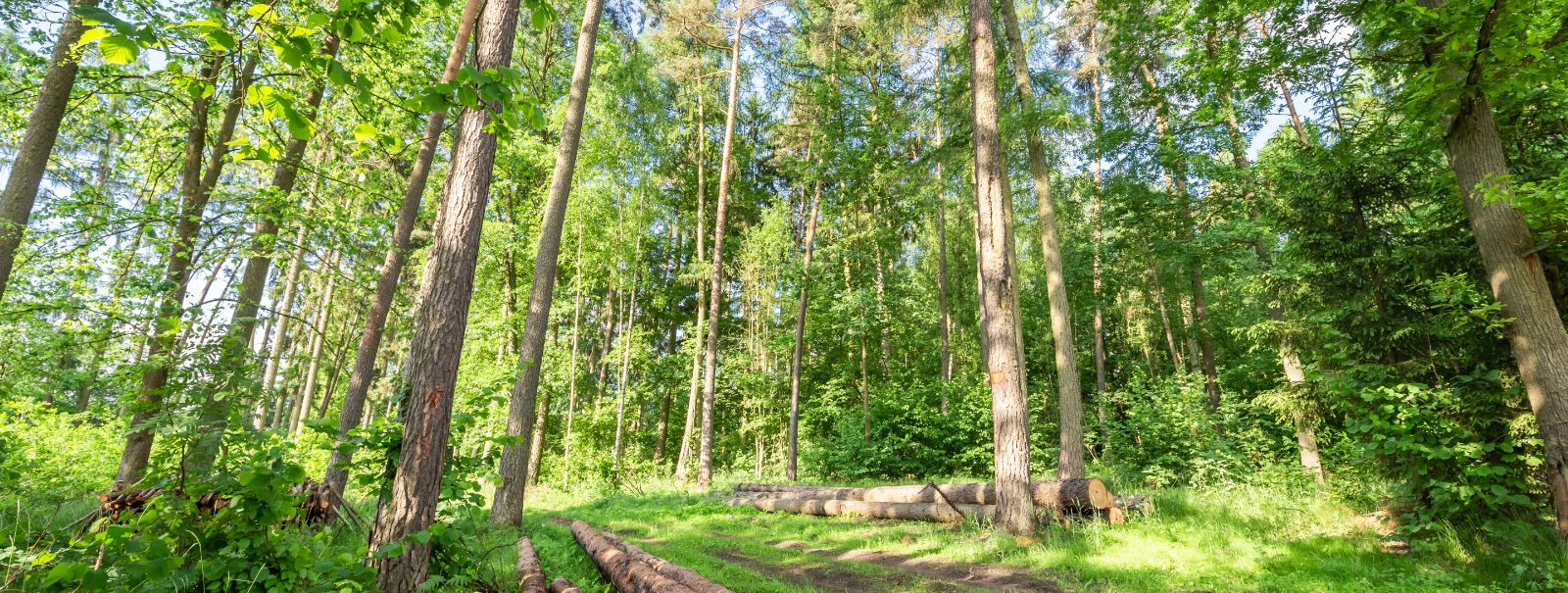Top tips for choosing hacking material
In the realm of sustainable land management, hacking material plays a crucial role in maintaining the health and productivity of forests and rural landscapes. Whether you're a landowner, a forestry company, or an environmental agency, selecting the right hacking material is essential for effective land management and conservation efforts.
Understanding the Importance of Quality Hacking Material
Quality hacking material ensures that land management practices are efficient and environmentally friendly. It aids in the removal of unwanted vegetation, supports reforestation efforts, and helps maintain biodiversity. Choosing the right material can significantly impact the success of your land management projects.
Key Factors to Consider When Choosing Hacking Material
Durability is a critical factor when selecting hacking material. The material should withstand various environmental conditions and last through multiple uses. Durable materials reduce the need for frequent replacements, saving time and resources.
Consider the environmental impact of the hacking material. Opt for materials that are biodegradable or recyclable to minimize ecological footprints. Sustainable materials contribute to the conservation of natural resources and align with eco-friendly practices.
While quality is paramount, cost-effectiveness is also important. Evaluate the long-term costs associated with different materials, including maintenance and replacement expenses. Investing in slightly more expensive but durable materials can be more economical in the long run.
Ensure that the hacking material is compatible with your existing equipment. This compatibility reduces the need for additional investments in new tools or machinery, streamlining your operations and enhancing efficiency.
Types of Hacking Material
Natural hacking materials, such as wood chips and straw, are biodegradable and environmentally friendly. They are ideal for projects focused on sustainability and conservation. However, they may require more frequent replacement compared to synthetic options.
Synthetic materials, like plastic or composite options, offer durability and longevity. They are often more resistant to weather conditions and pests, making them suitable for long-term projects. However, their environmental impact should be carefully considered.
Best Practices for Sustainable Use of Hacking Material
To maximize the benefits of hacking material, implement best practices such as regular maintenance, proper storage, and responsible disposal. Educate your team on sustainable practices to ensure that your land management efforts are both effective and environmentally conscious.





Comments (0)